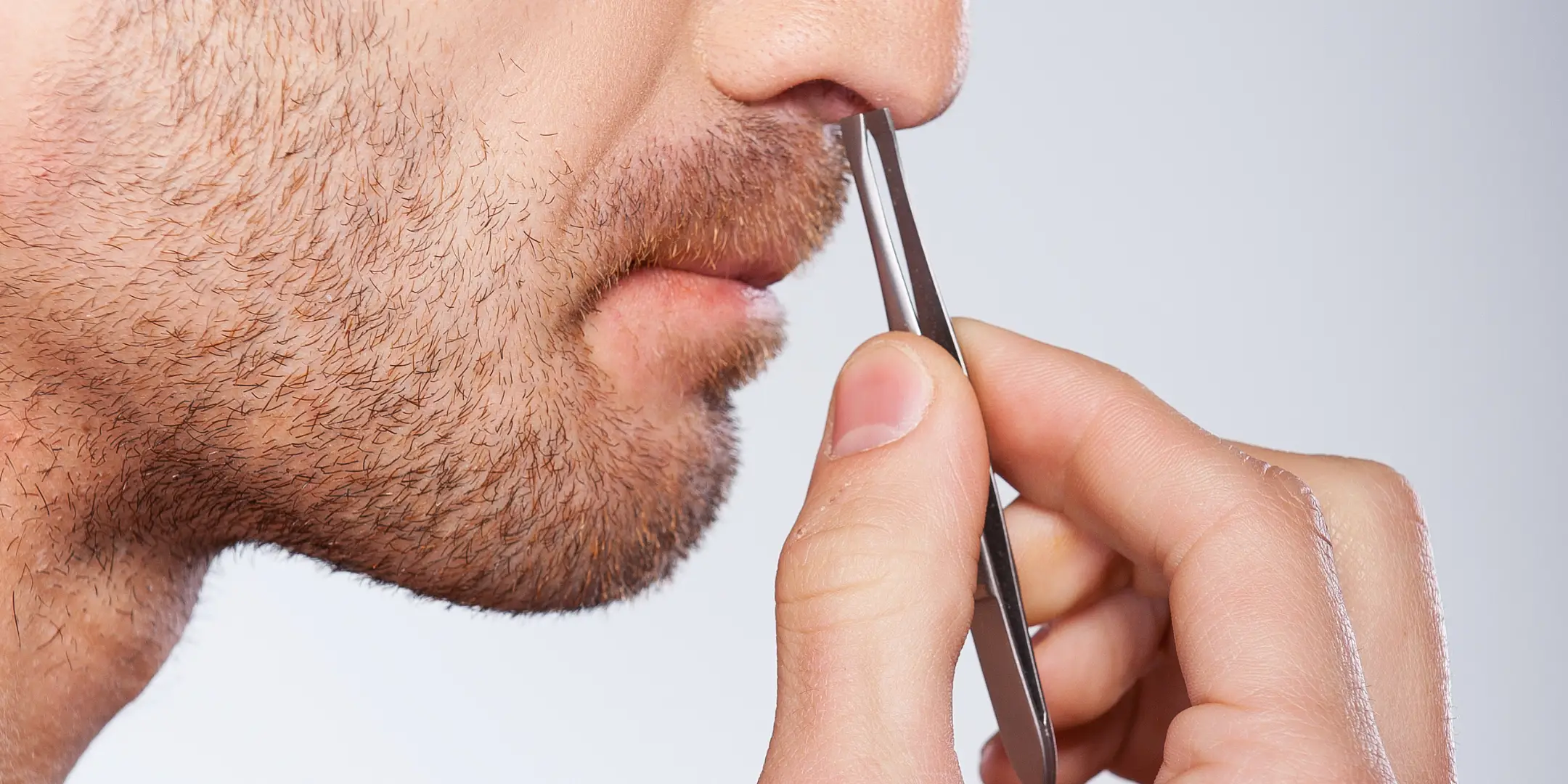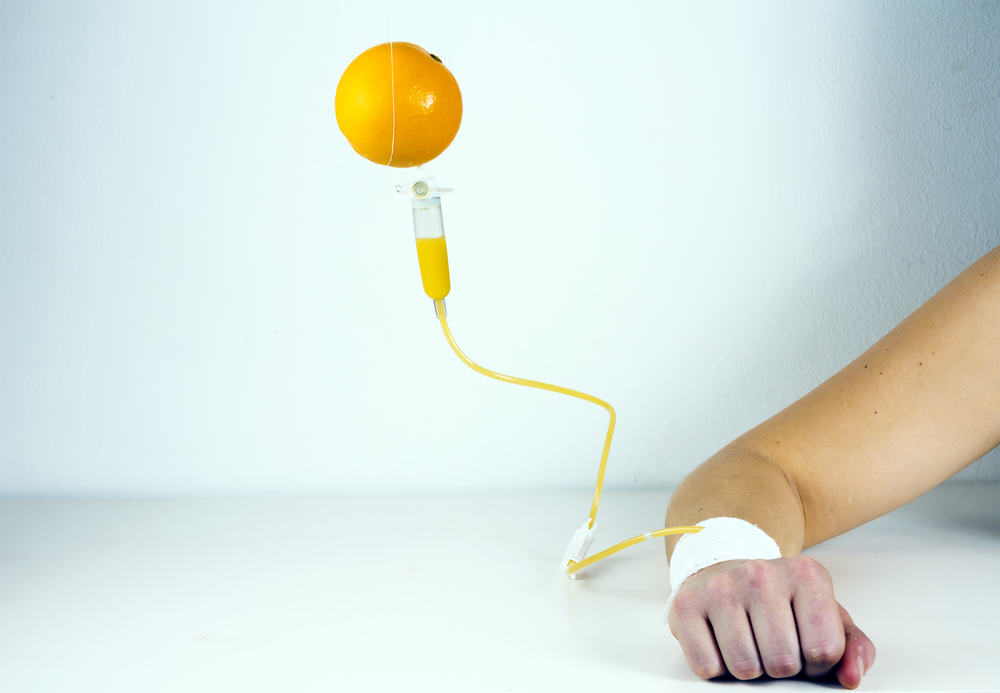- Recent advances build on past studies into the regenerative potential of stem cells.
- Clinical human trials have shown stem cell infusions to be both safe and effective.
- Several clinics now offer experimental and non-approved stem cell rejuvenation treatments.
Science has long looked to stem cell therapy as the proverbial “fountain of youth.” It’s clear that many researchers believe stem cells could hold the key to longer, healthier human lives. Yet how we may be able to harness the regenerative power of these cells in a safe and effective way is still up for debate.
Researchers at the University of Miami’s Miller School believe that they may have unlocked the next step in stem cell regenerative therapy. After two rounds of clinical trials, scientists observed stem cell infusions to be safe and effective in combating the frailty that comes with aging.
In this article, we unpack the science behind this new development in medical science to better understand how it works and why it’s significant.
What are stem cells?
Humans are multicellular organisms; we have a variety of cells in our bodies that serve many different functions. Red blood cells, for example, carry oxygen from the lungs to the rest of the body, while nerve cells help to transmit information from the brain.
Each cell is uniquely suited for its particular task. A blood cell can no more transmit information from a stubbed toe to the brain than a nerve cell can carry oxygen. Even so, these cells were not always so specifically differentiated.
All cells start in a primitive, undifferentiated state known as a stem cell. As a fetus develops, these embryonic stem cells begin to take on more specific properties, forming the different parts of the body needed in its various systems. In addition to these unique and individual types of cells, a fully-formed human still keeps stem cells in reserve long after birth.
The stem cells in your body, also called adult stem cells or somatic stem cells, can be found in your bone marrow, blood vessels, teeth, brain, heart, and even your skin. Somatic stem cells reside in these locations in an auxiliary capacity. If surrounding tissue is injured, these cells can be called upon to differentiate themselves into any cell type needed and repair cellular damage.
Stem cells are also capable of self-replication. They can make more of themselves, ensuring that the body doesn’t lack for the vital tissue regeneration function they provide.
What is the stem cell niche?
Stem cells aren’t just mixed in with all the other cells. They have a special home, known as the “stem cell niche,” that protects and maintains them. This “niche” is a microenvironment, meaning it carefully regulates the conditions in which the stem cells live within the larger organism.
The niche was first hypothesized in 1978 by a Dr. Schofield, who used it to explain how stem cells were able to maintain their undifferentiated state. Researchers now know that the niche does more than simply separate stem cells from other types of cells.
The niche plays a vital role in not only protecting but also influencing stem cells, including stem cell health and behavior. For this reason, many researchers believe that targeting this niche, as opposed to the stem cells themselves, may be the best way to harness the therapeutic and regenerative power of these cells.
The stem cell theory of aging
If stem cells are constantly replenishing the other cells in our bodies, why do we age at all? And why do our bodies eventually break down over time?
The stem cell theory of aging suggests that aging is the direct result of stem cells losing their ability to sufficiently replenish the body. The key to the so-called fountain of youth may then come down to understanding exactly how and why stem cells lose that ability, in the hope that scientists can learn to stop or reverse that process.
It has been demonstrated that stem cells don’t age in the same way as other cells in our bodies. All cells have caps on the ends of their chromosomes called telomeres. When regular cells age, these caps become shorter, but this is not the case with adult stem cells. For this reason, scientists have so far struggled to understand why and how stem cells age at all.
Several years ago, researchers from the Buck Institute for Research on Aging at the Georgia Institute of Technology took it upon themselves to compare younger adult stem cells with cells (taken from the same donors) that had undergone an accelerated aging process.
They learned that the DNA damage to older adult stem cells came down to retrotransposons. This part of the cell’s genome is generally suppressed with ease, but older stem cells have a more difficult time limiting their activity, which in turn limits stem cell function.
Armed with this knowledge, researchers were able to suppress the retrotransposons and actually reverse the aging process in older stem cells, a breakthrough that holds future potential for treating a variety of degenerative diseases.
Targeting the niche to combat aging
Back at the University of Miami’s Miller School, this new understanding of how stem cells age, in particular that they are heavily influenced by their niche, led researchers to test a new method for revitalizing stem cells in their ongoing efforts to combat age-related frailty.
Researchers looked to mesenchymal stem cells (MSCs), which are typically found in bone marrow and have immunosuppressive qualities, making them an easy target for transplantation. MSCs have generated a lot of buzz in the scientific community as ideal tools for stem cell regenerative therapies.
In the first round of trials, researchers harvested MSCs from the bone marrow of young, healthy adults (aged 20–45) and infused those stem cells into 15 patients who had an average age of 76 and who showed signs of age-related frailty. Each patient received only a single infusion and was subsequently observed over the course of six months. No serious health problems were found in association with the infusions.
Although the trials were specifically designed to determine the safety of the practice, researchers noted remarkable improvements in patient fitness, overall health, and quality of life. They also noted a decrease in tumor necrosis factor levels, which contribute to inflammation and have been linked to accelerated aging.
The second round of trials differed from the first in that it was randomized, double-blind, and placebo controlled. Some patients received actual stem cell infusions, while others received placebos. Those who received the placebos were determined at random, and neither they nor the researchers knew who had and who had not received the real infusions.
This study was designed to look more closely at the positive effects of stem cell infusions. It tracked 120 patients similar to those in the first round of trials. This study too concluded that the stem cell infusions were safe. And, as in the first trial, the second trial noted physical improvements in the patient population. Overall, researchers concluded that further studies are needed to fully determine the efficacy of this kind of treatment.
The future of stem cell rejuvenation
What does this research mean for the general population? Scientists have gathered evidence that stem cell therapy could potentially slow or even reverse the aging process. What’s more, they’ve observed that this therapy is safe for everyone, including those older individuals who would most benefit from it.
However, before you start planning to look and feel “forever young,” remember that this research has a long way to go before it can really promise anything. At present, scientists seem most enthusiastic about the potential this therapy could have to improve the quality of life for elderly people.
That being said, a quick Google search will turn up stem cell clinics in the United States that promise rejuvenative infusions now. Treat these promises with skepticism. Predatory clinics exist, promising unproven therapies not approved by the FDA. That’s not to say we’ll never have stem cell infusions to cure everything from arthritis to wrinkled skin, but we’re not there yet.
Right now is the time to be patient. The clinical trials discussed in this article involved only a small number of test subjects. But even as those papers were being written, researchers were already planning a third trial to further measure the benefits of MSC infusions.
For now, be excited that progress has been made in the field of stem cell research and youthful rejuvenation. Future studies could see greater efforts to combat old age and age-related diseases. The next big breakthrough could be just around the corner.
» Can’t wait for younger looking skin? Meet our Medical review team to get online consultation regarding the next steps.









